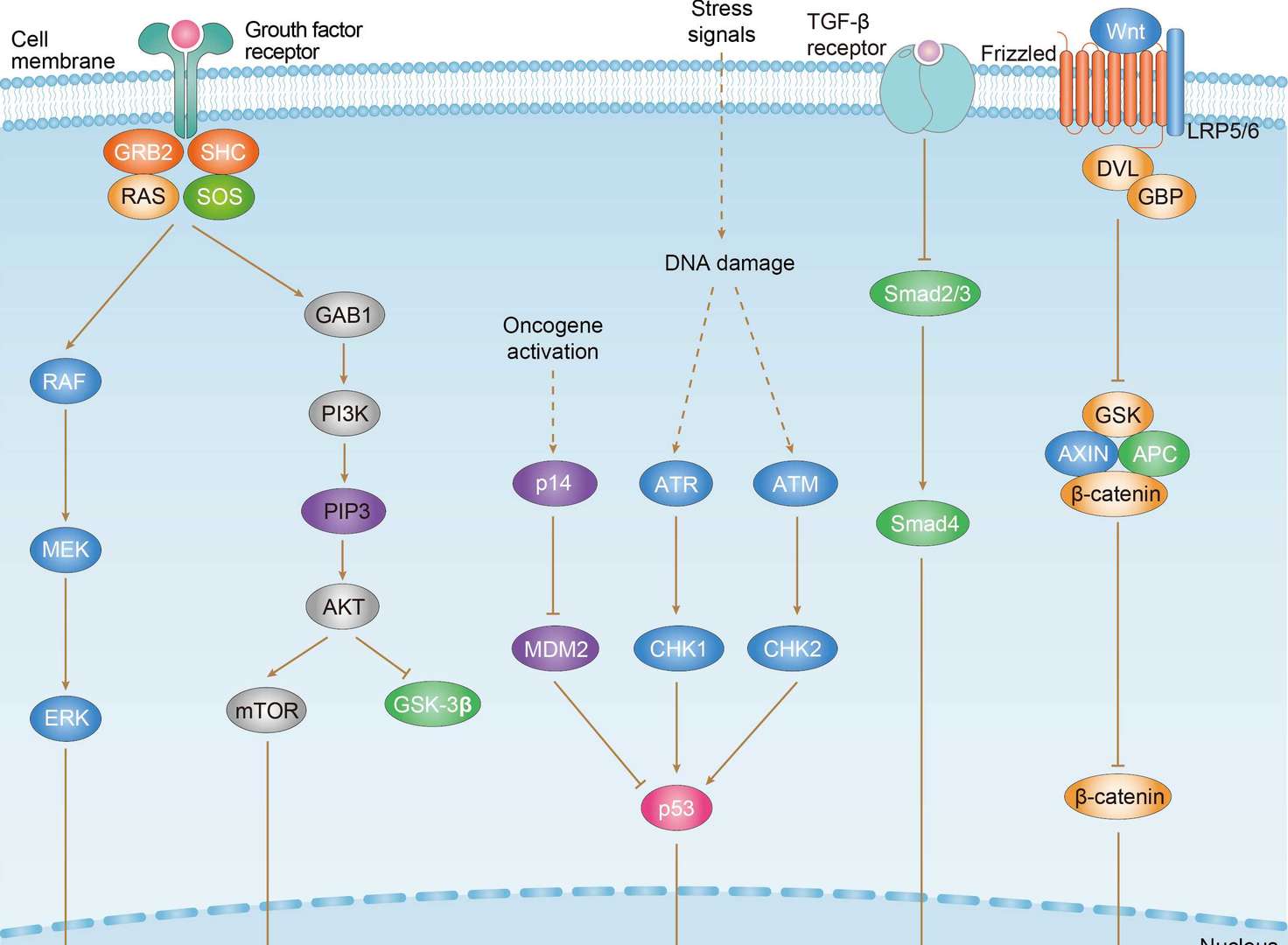 Loading...
Loading...

ATM
Anti-ATM Recombinant Antibody Products
- Mouse Anti-NHP ATM Recombinant Antibody (clone 2C1) (VS-1024-XY36)
-
- Species Reactivity: Human, Mouse, Non-human primate, Rat
- Type: Mouse IgG1
- Application: WB, IHC, IP
- Chicken Anti-ATM Polyclonal IgY (BRD-0059MZ)
-
- Species Reactivity: Human, Mouse
- Type: Chicken antibody
- Application: WB
-
- Derivation: Phage display library screening
- Species Reactivity: Human
- Type: Rabbit IgG
- Application: IF, IHC-P, IP, WB
Can't find the products you're looking for? Try to filter in the left sidebar.Filter By Tag
Our customer service representatives are available 24 hours a day, from Monday to Sunday. Contact Us
For Research Use Only. Not For Clinical Use.
Cancer-related genes, Disease related genes, Enzymes, Human disease related genes, Metabolic proteins, Plasma proteins, Potential drug targets
Intracellular
Cell type enhanced (NK-cells, Oligodendrocytes, Cone photoreceptor cells, Rod photoreceptor cells)
Low immune cell specificity
Cell line enhanced (U-698)
Homodimer (PubMed:28508083). Dimers or tetramers in inactive state. On DNA damage, autophosphorylation dissociates ATM into monomers rendering them catalytically active. Binds p53/TP53, ABL1, BRCA1, NBN/nibrin and TERF1. Part of the BRCA1-associated genome surveillance complex (BASC), which contains BRCA1, MSH2, MSH6, MLH1, ATM, BLM, PMS2 and the RAD50-MRE11-NBN protein complex. This association could be a dynamic process changing throughout the cell cycle and within subnuclear domains. Interacts with RAD17; DNA damage promotes the association. Interacts with EEF1E1; the interaction, induced on DNA damage, up-regulates TP53. Interacts with DCLRE1C, KAT8, KAT5, NABP2, ATMIN and CEP164. Interacts with AP2B1 and AP3B2; the interaction occurs in cytoplasmic vesicles (By similarity). Interacts with TELO2 and TTI1. Interacts with DDX1. Interacts with BRAT1. Interacts with CYREN (via XLF motif) (By similarity).
DNA-binding, Kinase, Serine/threonine-protein kinase, Transferase

 Gastric Cancer
Gastric Cancer